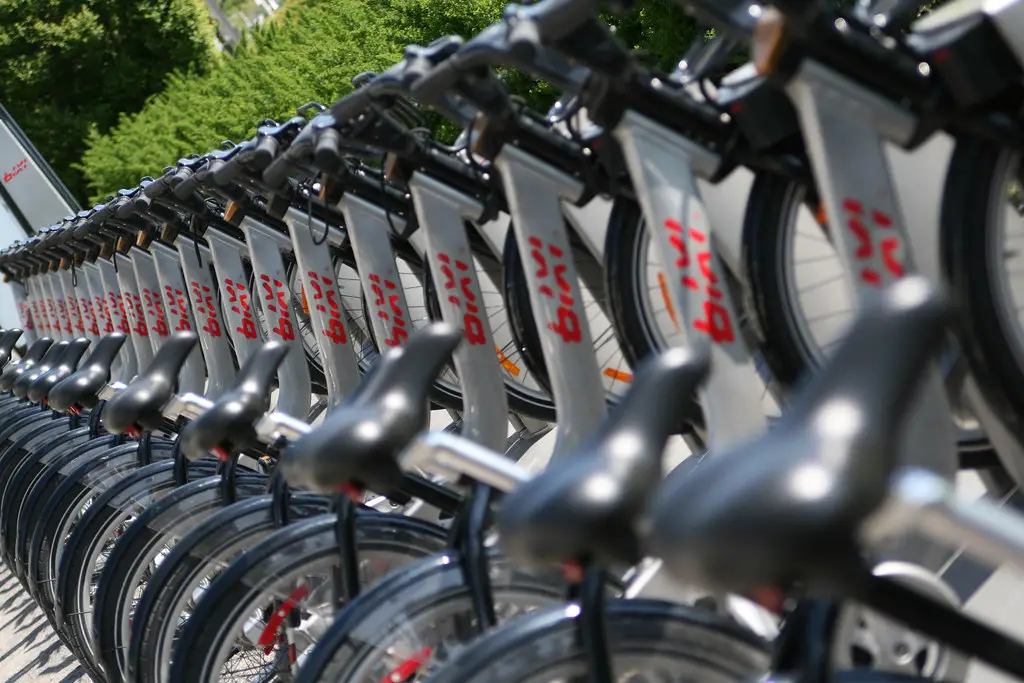Small Scale, Big Change: New Architectures of Social Engagement – currently running at the Museum of Modern Art in New York – presents eleven architectural projects that explore how the social responsibility of architecture can be realized. All projects are aimed at communities underserved by architecture and design, and they all are small physical solutions that seek broader social, political and economical effects in those communities. The selection of projects includes primarily housing, but it also explores the impact of cultural projects and public transport. Here we present a brief look into the projects in the exhibition.
Quinta Monroy Housing in Iquique, Chile consists of low-cost customizable row houses that can double its size when owners decide to build expansions:

$20K House in Hale County, Alabama is housing designed by students and aimed at low income rural communities who must build with a budget of 20,000 dollars, usually from loans:

Red Location Museum of Struggle in Port Elizabeth, South Africa seeks to integrate the community into a project of renewal of the area segregated during apartheid by building cultural facilities and communal spaces:

The Primary School in Gando, Burkina Faso uses both sustainable local materials and local collaboration to build a school that has had high rates of attendance since its inauguration. An annex has also been built, as well as housing for teachers, and there are plans for a library and a women’s center:

The project of Manguinhos Complex in Rio de Janeiro, Brazil consists of an elevation to a rail line, which removes a physical barrier in the city, and the building of a park below the rail, thus providing a new public place:

Inner-City Arts is a center that provides art classes to impoverished kids in Los Angeles. Their campus, a repurposed garage, is a haven for student creativity, but it also seeks to engage with its surrounding neighborhood:

The METI Handmade School in Rudrapur, Bangladesh is a response to the lack of educational opportunities for the people in the Village. Although local building materials were used, building techniques were improved to make the building more resistant. Also unskilled local workers were trained for the construction:

Instead of tearing down modernist public housing, the project Tour Bois le Prêtre remodeled the buildings by adding balconies and expanding apartment space:

Housing for the Fishermen of Tyre in Lebanon is a project that betters the living conditions of this community by providing them with a living space that eliminates previous overcrowding and unsanitary conditions, but keeps their traditional balance of public and private space:

One very noteworthy project is the Metrocable in Caracas. It seeks to link isolated neighborhoods in the city with a cable car system, thus bridging both distance and a social divide. The stations also serve as social equipment sites providing vertical gyms, a music factory, commercial zones, community centers, pocket parks, urban agriculture and dry toilet:

One of the most interesting projects in the exhibition is Casa Familiar housing in San Diego, California that builds affordable homes for immigrants in the border. Immigrants’ different socioeconomic relations bring diversity to the cities they live in, and the project by Teddy Cruz reflects that by mixing uses like senior housing and child care. The project goes further by envisioning a political process to go along with the construction, where architects are the mediators between the top-down economic interests of developers and bottom-up social demands. In this case, they helped translate the informal arrangements of the immigrant community into new actual zoning categories in San Diego. Furthermore, the non-profit Casa Familiar arranges an informal city hall which provides help with management and access to microlending in these communities:

At the end of the exhibition, we are presented with three platforms that continue the idea of small scale: The 1% Percent Project, The Open Architecture Network, and Urbaninform. The 1% Project aims to get architects to donate one percent of their time for non-profit work. So far, 820 firms have signed up and 16 projects are on the way. The Open Architecture Network is a project of Architecture for Humanity and is an open source architecture community that makes over 3000 architectural documents, drawings, and plans available to be shared and improved. Ubaninform collects videos about design and architecture interventions in informal settlements, but it also connects local actors with a network of urban experts to share knowledge.
Photo: scalleja



